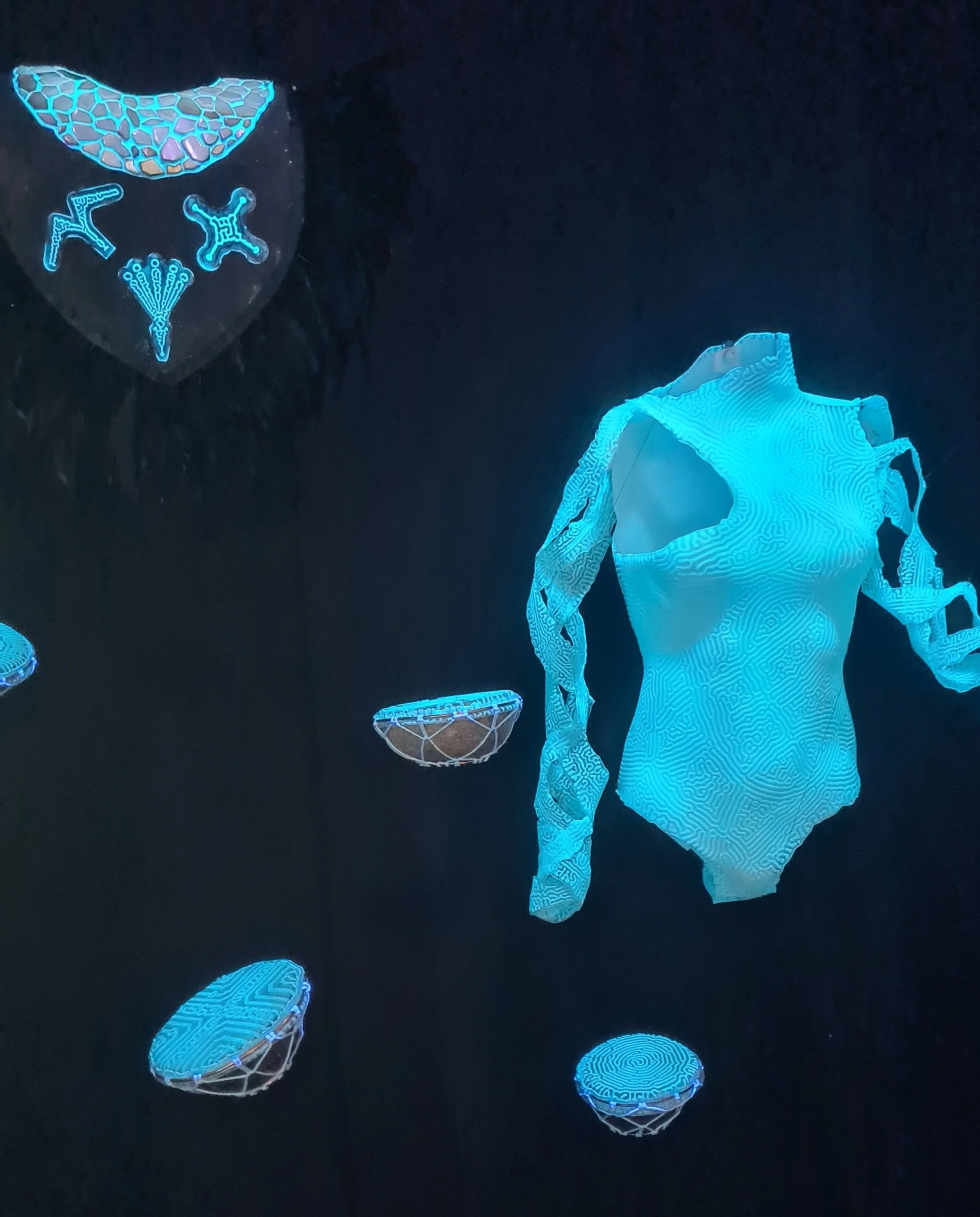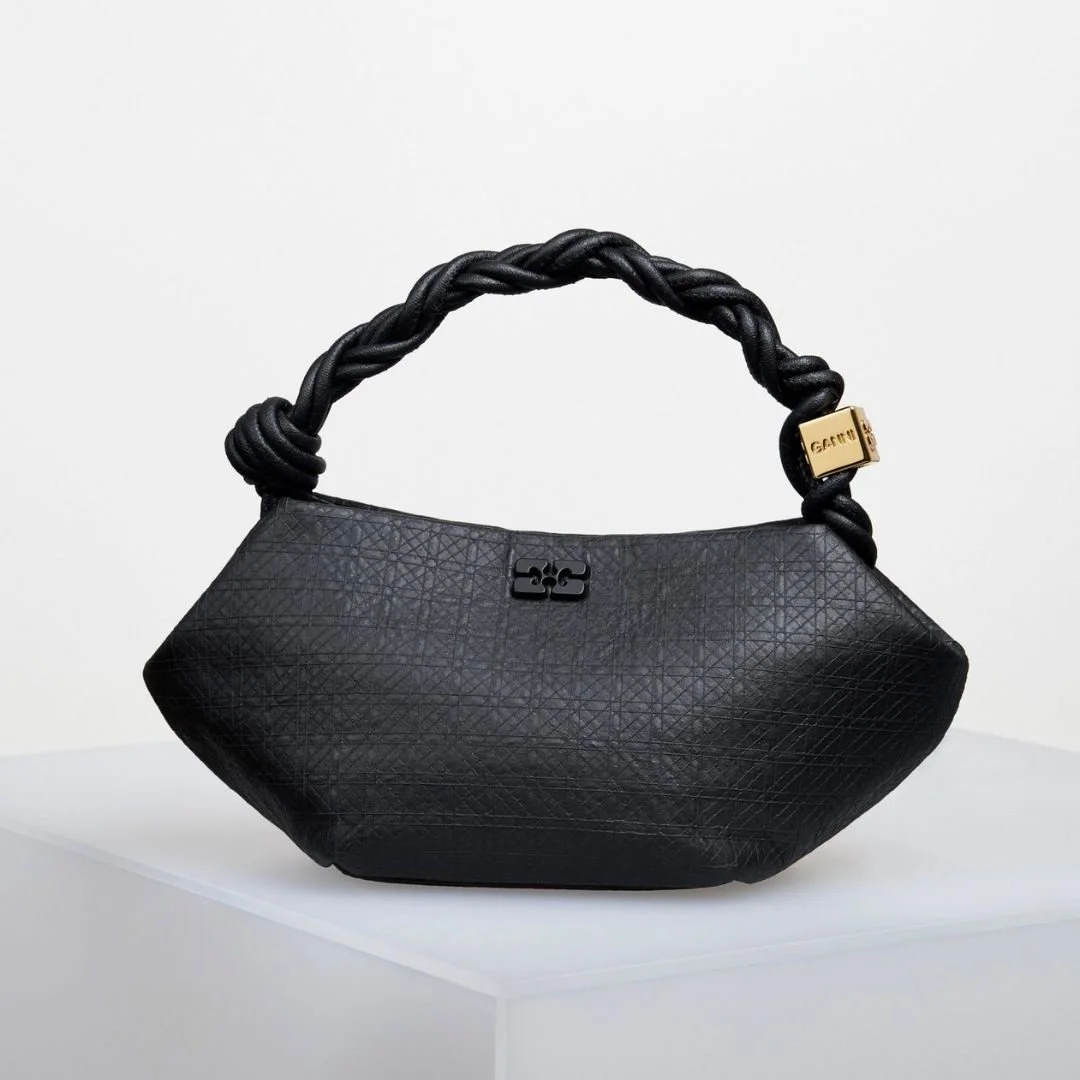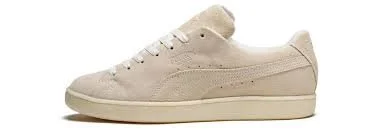AMC Newton for QHQ
Most people working in fashion product development are juggling projects for multiple seasons & timeframes. It can be hard to prioritise seasons which are over a year out when you have more pressing deadlines to attend to, but being ahead of the innovation curve gives you competitive advantage in the long term. Plus let’s face it, some developments simply take longer. This is a time where you get to dream, engage your imagination and have fun. So, what’s out there, on the fashion horizon? Having scoured various trend platforms, news media and shows, we have an ABC of 3 key trends to watch out for.
Fig. 1 An AI & author generated image
A is not surprisingly for Artificial Intelligence or AI.
Whether it’s an AI humanoid curating schedules at the SXSW show, or machine learning aiding in size selection, there are many applications for AI in our present and not too distant future. The common theme with all the applications though is humans. All AI needs human input of some sort or another. Questions to be asking now are about ethics, bias, representation and application. As artist Joanna Maciejewska tweeted: “I want AI to do my laundry and dishes so that I can do art and writing…” (see Fig.2) not the other way around.
Fig. 2 Image of tweet by artist Joanna Maciejewska, X Platform.
Perhaps AI can help free up the luxury commodity of time, so we may do more of the things that we don’t currently have time for, imagine how different your day to day could look! In the fashion industry AI could help with the transition to a circular economy, by simply giving development teams more time to think, research and create. Perhaps innovation will be found in the how we might employ AI rather than focusing on the what of AI.
Fig.3 Bio-luminescence from Christopher Bellamy UAL
B is for Bio.
As featured in our previous reports about UAL Central Saint Martins graduate show and the UK Future Fabric Expo, Bio is a main theme, whether it is bio-luminescence (see Fig.3), bio-fabricated, bio-mimicry or bio-tech. As the introduction of the MA BioDesign degree at UAL indicates, all things bio- are going to feature heavily in raw material developments. Some key innovations include Modern Synthesis & Ganni collaboration for a plastic free leather alternative utilising bacteria & cellulose.
Fig 4. Modern Synthesis & Ganni collaboration
Bou Bag (Image: Dezeen)
C is for Compost.
As we continue to understand how important soil is, the topic of composting will feature on everyone’s radar. The more we move from an extractive mode to a circular mode; soil health, biodiversity, and regenerative methods will continue to feature with increasing importance.
As our awareness and consideration of soil grows, so will the question of how we return textile material to the earth; whether that is into soil, water or air. How might we do that in a conscious and productive way?
Currently, most textiles are not easily bio-degradable, and so many lay in landfill or water all over the world for many, many years. Even when they do break down, they can leach harmful substances into our environment. There is much more to understand in this area as featured in the EcoTextile News report of Blue Lab which emphasises the importance of understanding more about the actual conditions textiles will be exposed to.
Fig 5. Puma Re:Suede experiment (Image:Dezeen)
Puma are one example of innovation with their Re:Suede experiment, where “every element has been designed and carefully chosen for comfort and their potential to decompose.” Refreshingly Puma is also sharing their learnings along the way, and not presenting the project as completed but rather a work in progress.
There are many innovation opportunities for home and industrial composting, built in biodegradability and design for disassembly. We have opportunities for better certification and process that mimic conditions materials will be exposed to. In addition, understanding the effect the degrading material will have on the environment is paramount. Imagine homes having a way to confidently compost textiles safely, just as many do, for food currently.
So that is our ABC of important Fashion Innovation Trends to keep a look out for as you scan your own Fashion horizon. Let us know what else you see in your Fashion Futures!






